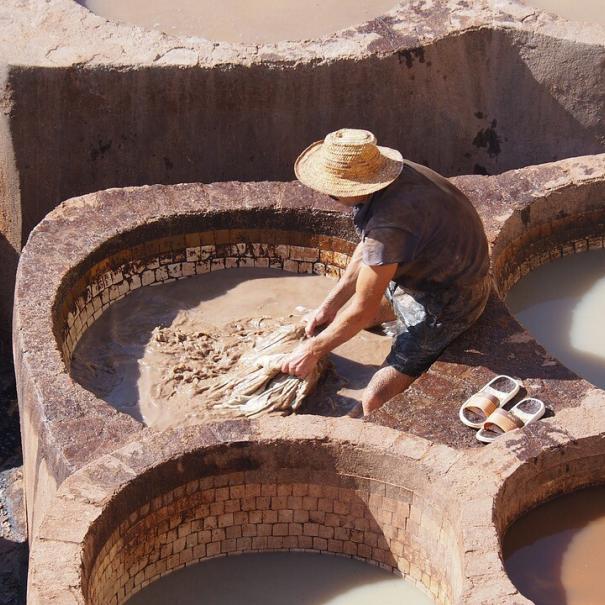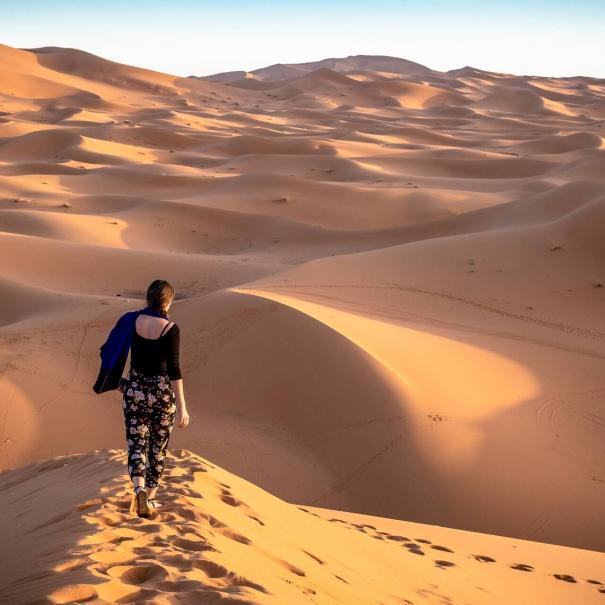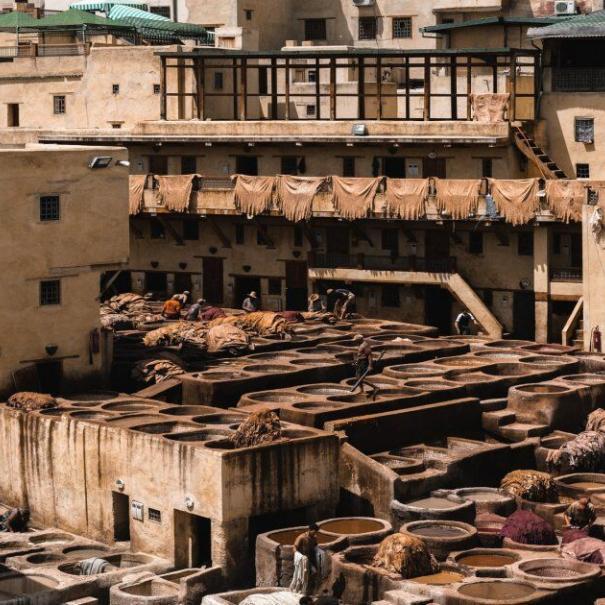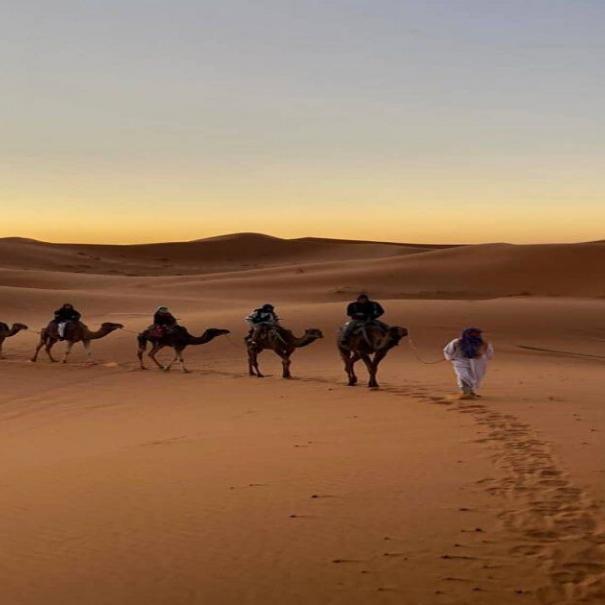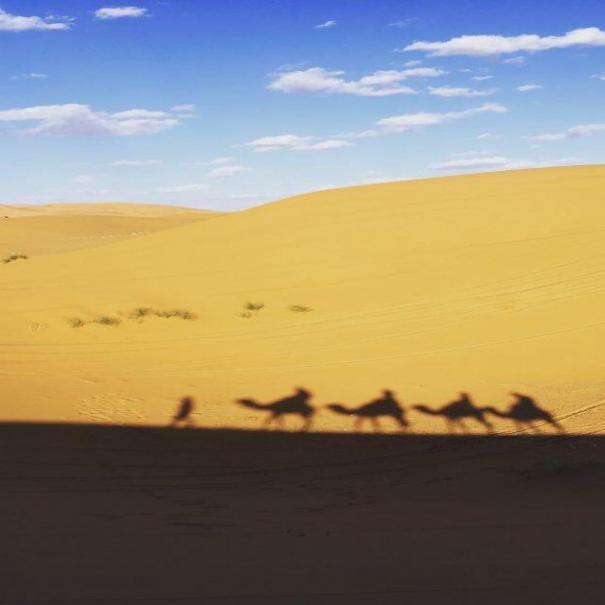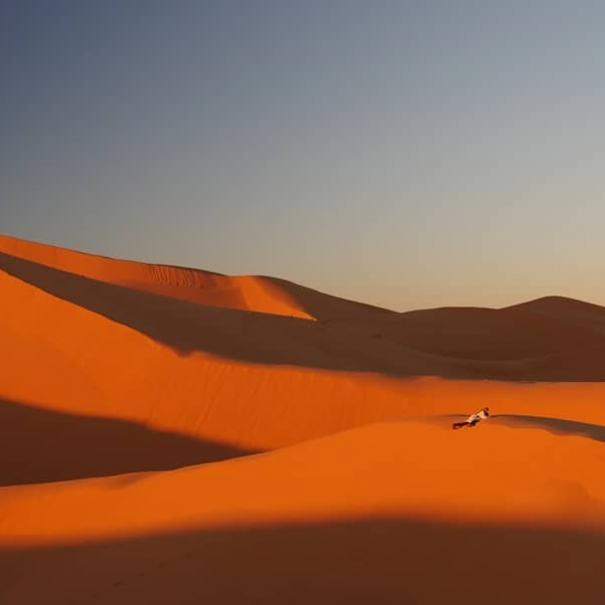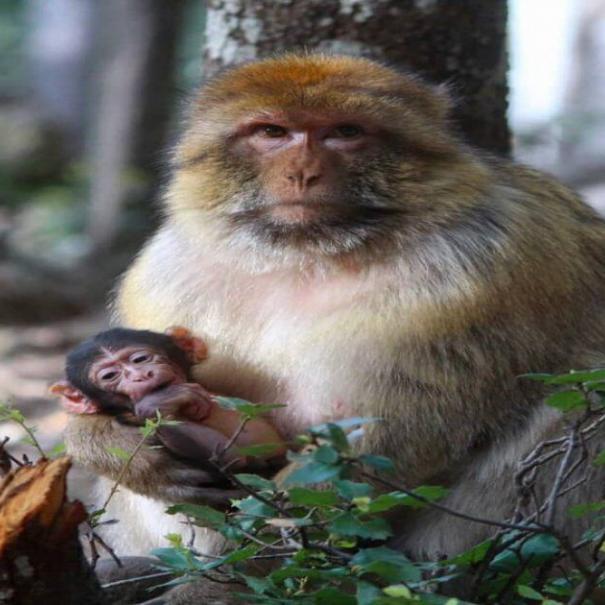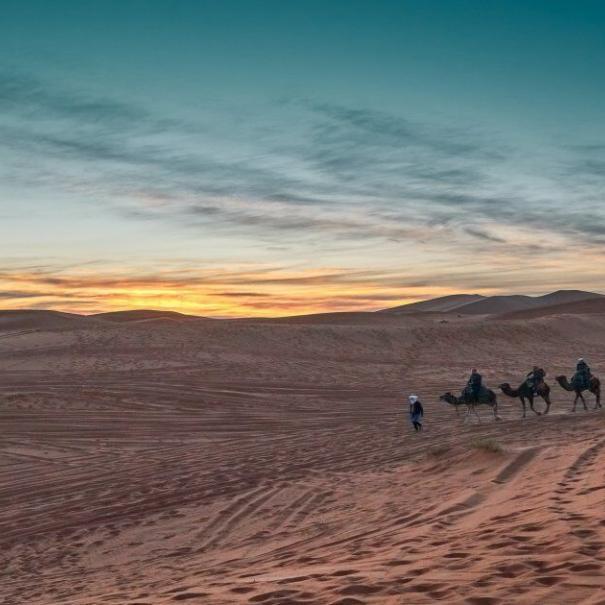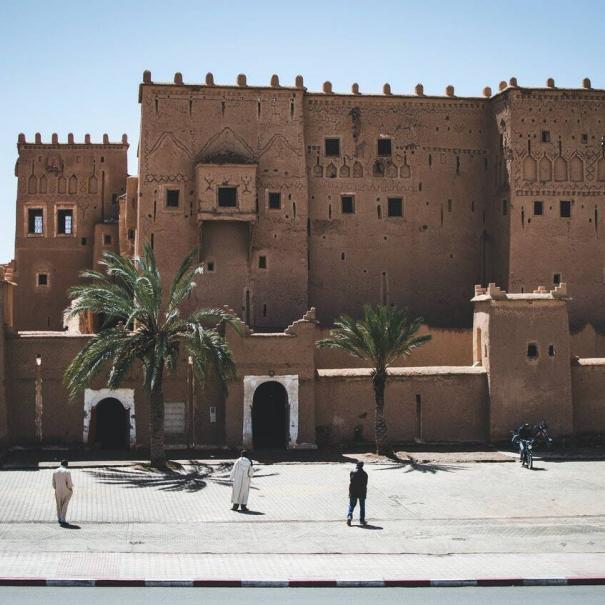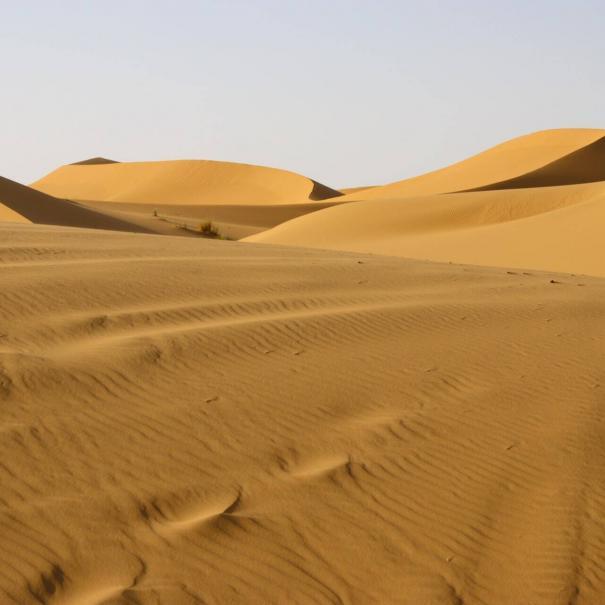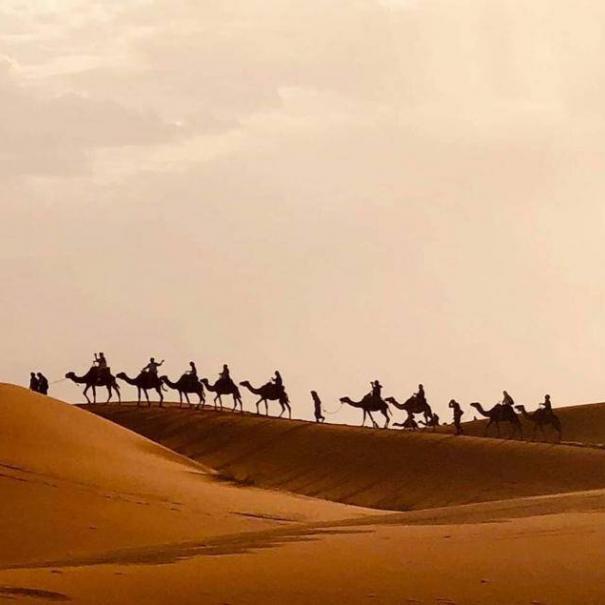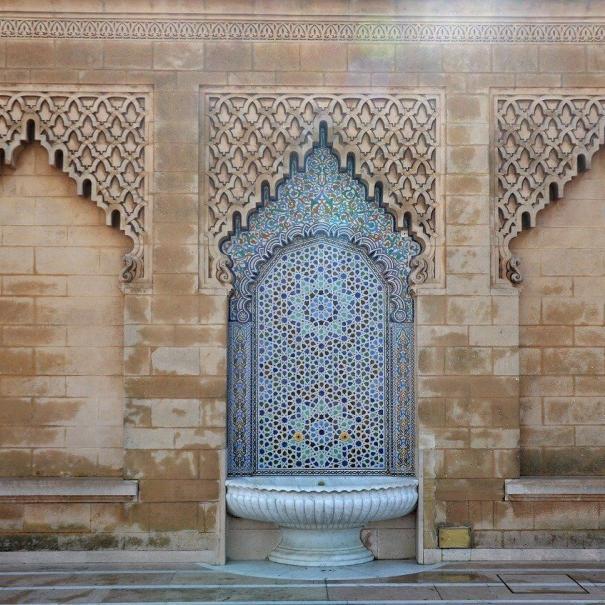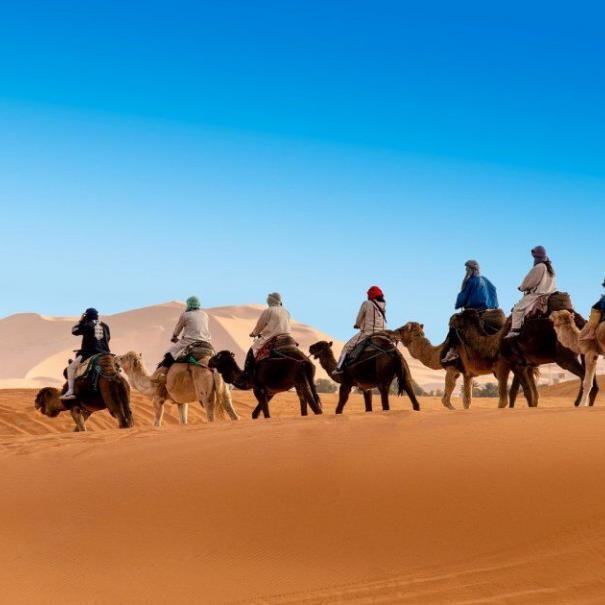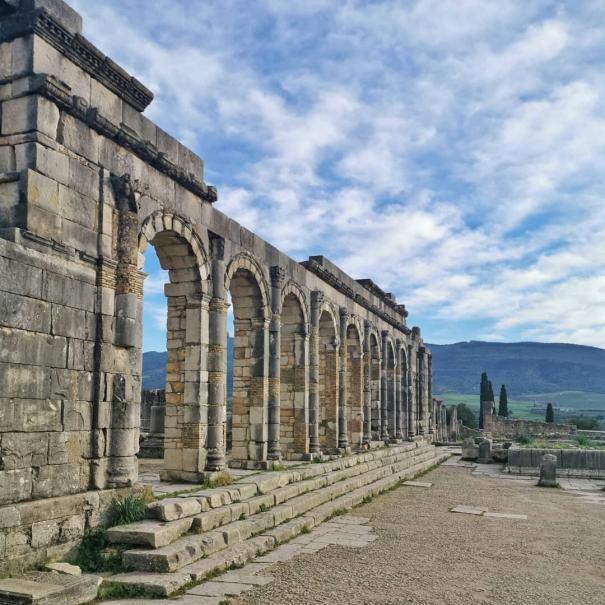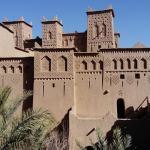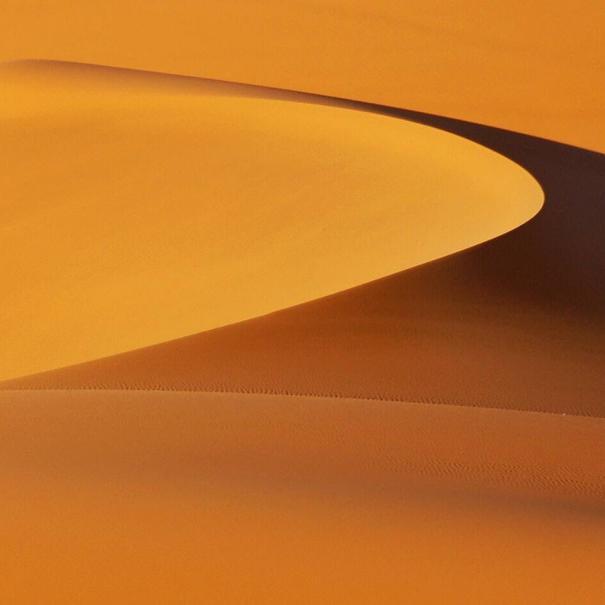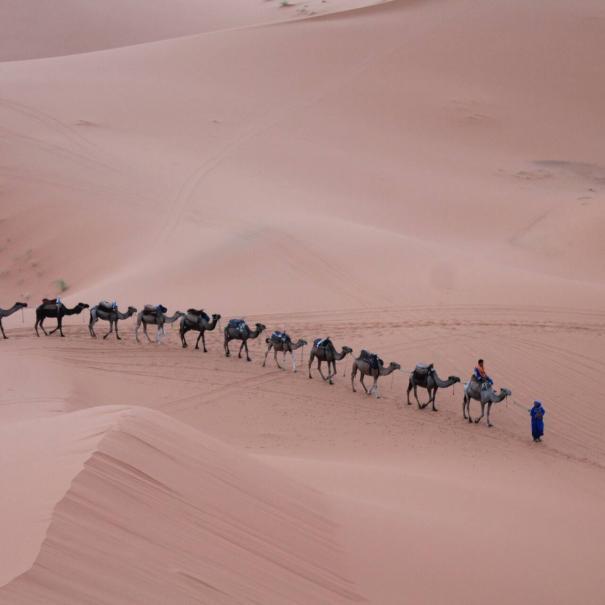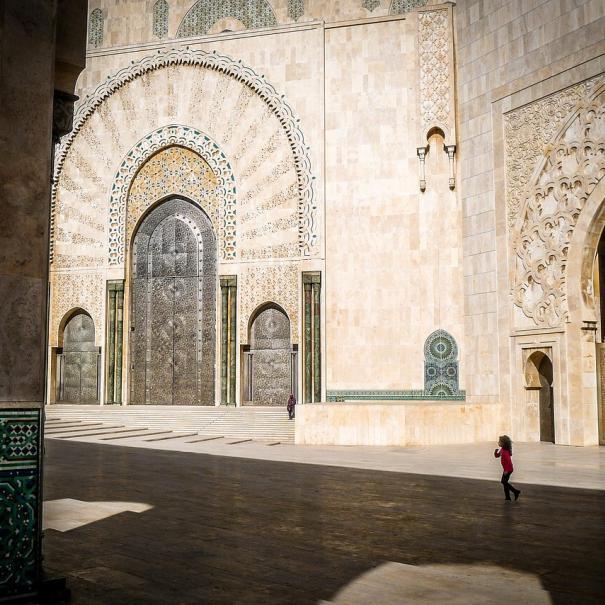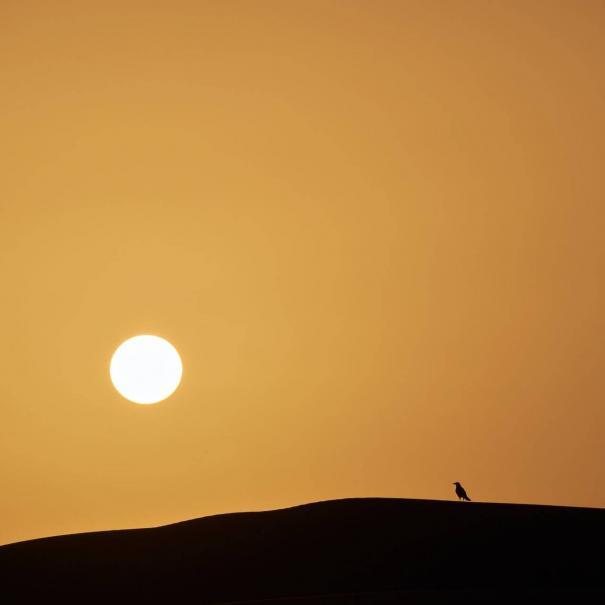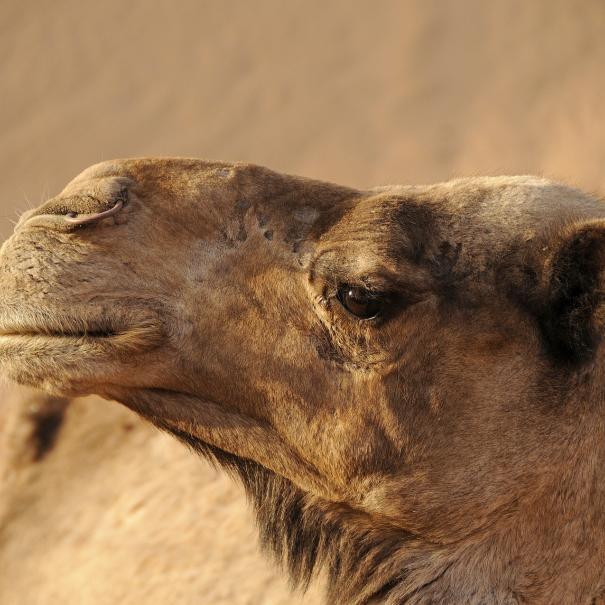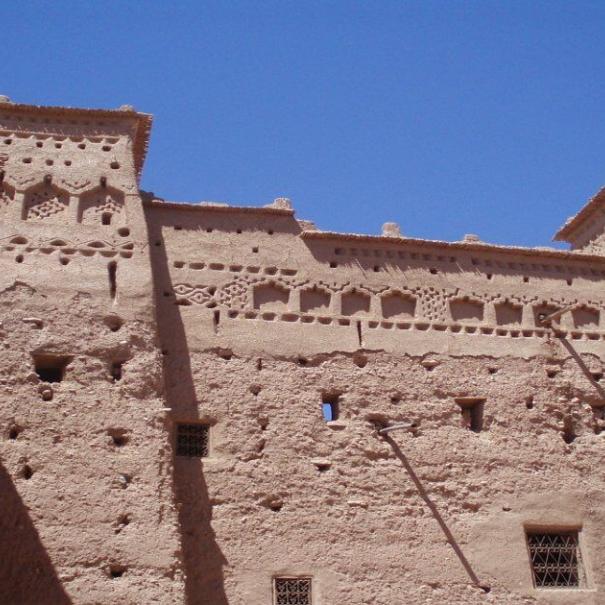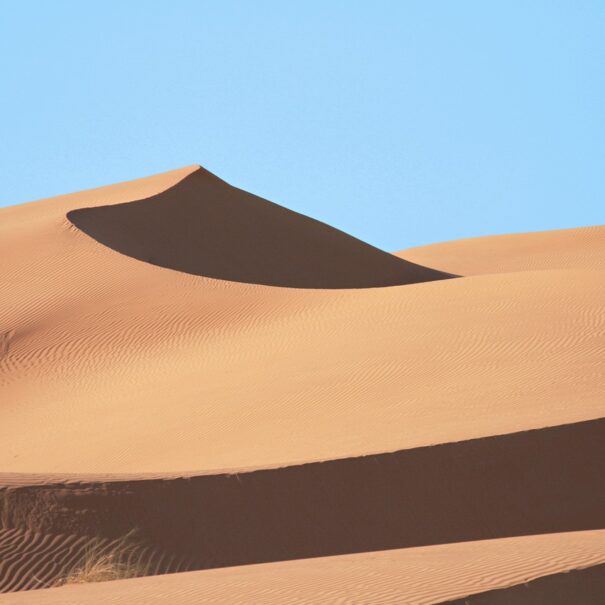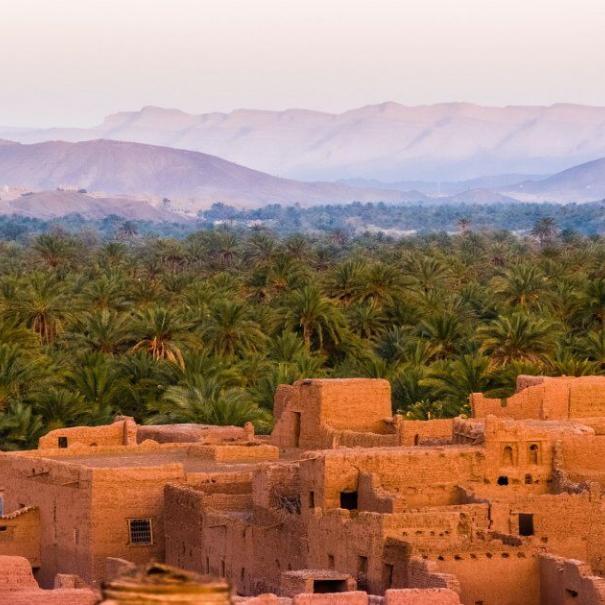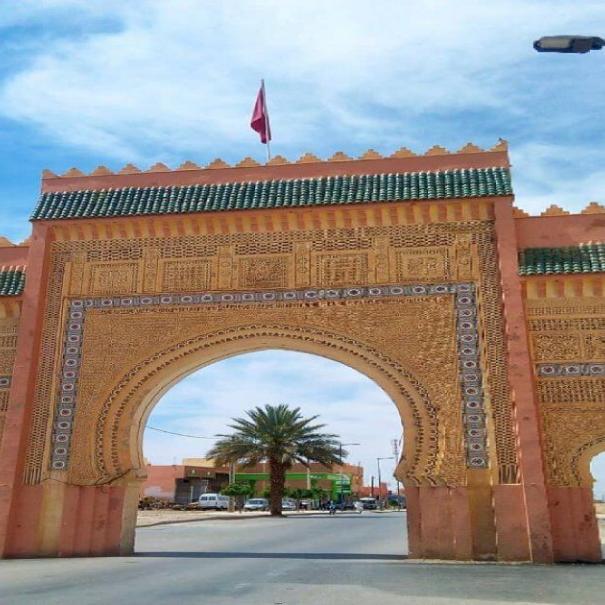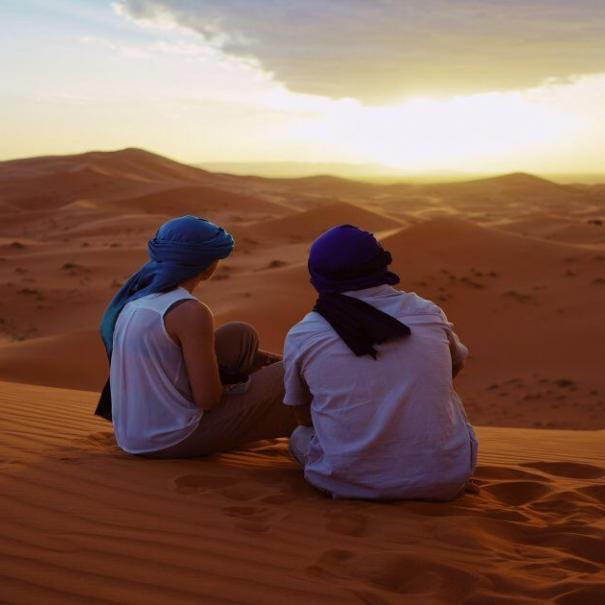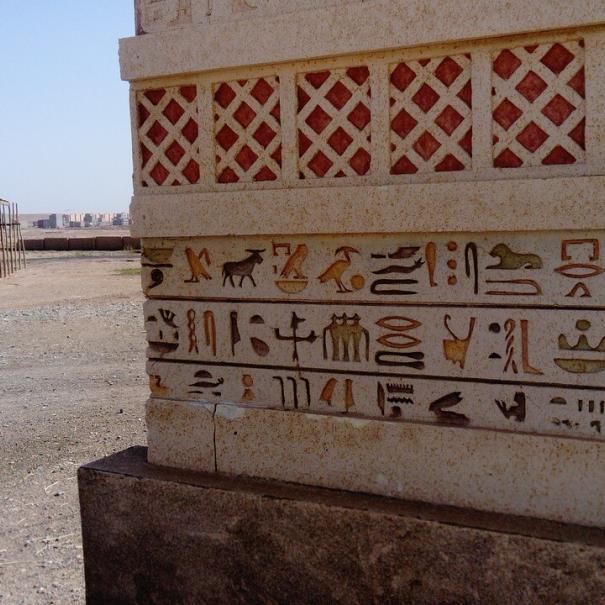Merzouga is famous for its highest dunes in Morocco, with its peaks enjoying some of the best sunrise and sunset in Morocco. Therefore, it is the highlight attraction you will explore with our desert tours from Fes.
When you leave Rissani or Erfoud, your eyes will see huge golden sand dunes of Erg Chebbi. Also, it is called the Merzouga dunes, which dance on the horizon. It’s a wonderful place full of fascinating colors of nature. The region is dominated by desert landscapes, where the “Ergi” (clusters of sand – dunes) and “Hamads” (rocky dust) are interwoven by dry rivers with oasis. Not to mention, originally nomadic population, today is largely settled in small villages and towns close to and near. The most famous are Merzouga (the most developed of them), Hassi Labied, and Khamlia. The region is inhabited by various tribes of Arabs, Berbers, and Gnaoua, forming a harmonious ethnic mosaic.
Location of Merzouga:
Merzouga is a small Saharian village in south-eastern Morocco, located about 50 km from the border with Algeria. Merzouga lies on the edge of Erg Chebbi’s dunes. Not to mention, Merzouga is located in the province of Errachidia, in the Draa-Tafilalet region. Also, Merzouga is 35 km from Rissani, 45 km from Erfoud, and 128 km from Errachidia.
From Marrakesh to Merzouga there is 560 km and the road runs through the mountains. Therefore, by bus, the trip is about 12 hours of drive and can be tiring. Therefore, it is best to divide the trip into 2 parts with accommodation in Ouarzazate (to visit Ait Benhaddou and film studios), in Boumal Dades or Tinehrir (to admire the wonderful gorges and rock formations). Moreover, Ouarzazate is 360 km from Merzouga (about 5 hours drive). Not to mention, Fez is 470 km away from Merzouga and takes about 7 hours. Overall, the shortest route from Agadir to Merzouga is 670 km and runs through Taroudant and Agdz. On the way, however, it is worth visiting Ouarzazate and Ksar Ait Benhaddou, the only UNESCO monument in southern Morocco (the route will be 725 km).
History of Merzouga:
The village itself of Merzouga has a rather recent past, but the region has been inhabited since old times. In the region, there are many ancient fortified villages. Merzouga was built in the 19th century by French troops after winning the battle at Tafilalet in 1916-1932.
The story about a legend:
There is a legend about the dunes of Erg Chebbi, which is passed orally through generations, that there was once a real jungle here.
According to the legend, it was God himself who transformed this place into a desert after the local people refused to accept and feed a poor and hungry woman, while they themselves flattened in wealth, mistaken their hands with milk, and played with the handful of the couscous.
The divine punishment fell upon these families, turning the flowering jungle into a desert, where the heat, lack of water, and sand storms hit.
Interestingly, the 1,000-year-old epical art that you can find in this region is represented by animals like elephants and giraffes, living in lush green landscapes.
Whatever you think of this legend, the fact is that Erg Chebbi dunes are among the most beautiful places in the world.
Merzouga today:
Merzouga is the main tourist attraction of this part of Morocco, due to the proximity of the magnificent dunes Erg Chebbi.
When in 2002 a hardened road was built to Merzouga itself in the region, tourism began to develop intensively. Both in Merzouga and in nearby Errachidia and Erfoud, the hotel industry has developed significantly, although the effects of construction arbitrary are felt.
Unsustainable camping tourism on dunes has resulted in over-exploitation of water resources and failure to comply with the rules on wastewater treatment. The Moroccan government has taken the appropriate steps to stop further environmental damage and has ordered, among other things, the removal of all the whips from the dunes. Legal camps can only be located at the bottom of the dunes – support sustainable tourism and do not accept illegal accommodation in the midst of dunes. Camps at dunes offer the same fascinating experience.
Merzouga has the largest body of groundwater in Morocco. They have been used by residents for decades thanks to special underground khetteras channels.
Merzoug Sand is the perfect scene for films and was used in the famous film “Lawrence of Arabia” of 1962 with the unforgettable roles of Peter O’Toole and Omar Sharif. The film “Mumia” (1998) with Brendan Fraser and Rachel Weish, “Legionist” (1997) with Jean Claude Van Dame was also made here. In the nearby Rissani landscape, scenes were shot from one of James Bond (“Specter”).
Festivals in Merzouga and nearby:
- The Festival of Dates in Erfoud – celebrated every year in October, it is a colorful show of Berberian tradition where you can buy the latest dates, syrups from dates, and other products.
- Merzouga International Music Festival – a music festival held in spring, a musical meeting of local and international artists.
- Rally 4L Trophy Rally – French Rally, known as the largest rally in the world for people under 28 years. For more than 10 years it has attracted young fans of the old, good Renault 4L (acceptable age 18-28 years). More than 1000 cars are involved in the rally! The rally takes place in late February and early March takes 10 days and covers 6000 km.
- Rally Afriquia Merzouga Rally – Rally Merzouga Rally takes place in late March and early April. This Rally is an unusual event for all motorsport fans and is treated as excellent preparation for the Dakar rally. Our Polish racing drivers are also taking part.
- Titan Desert Bike Race – Garmin Titan Desert is a stunt race for all mountain bikers, focusing on orientation and endurance. An exceptional experience for fans of mountain driving, among the fantastic landscapes of Morocco. Time consists of 6 stages for 6 days and covers over 600 kilometers of routes.
- Marathon Merzouga – marathon takes place in March. The route of the Trail du Soleil marathon offers a true route in the heart of the Sahara desert. The mission of the marathon is to preserve form and health through activity and running.
- Marathon de Sables Maraton of the Sands – the heaviest ultramarathon in the world, takes place in late March and early April. Its route is divided into 6 stages and has more than 200 km. The exact route is only revealed a few days before the race.
How to prepare for your stay in Merzouga:
While in the desert, no matter what time of year, cover your head with you to avoid sunstroke. It is necessary to protect from the sun to avoid burns – use creams with filters and sunglasses.
The best protection against sun and dehydration. However, is the shielding of the body, in the desert will be light shirts and long-sleeved pants and bright colors.
We recommend to take the scarf, it is very universal, if necessary it can serve as a covering of the arms (for women) or head, and even as a carrier for a bottle of water or a towel.
If you are going to the desert in winter pack lighter things for the day, and very warm things for the night: wool socks merino, warm sweater. Not to mention, keep a bottle of water with you.
Remember the camera too! Eventually, you’re going to see Morocco’s most beautiful sand dunes. Consider that the sand will squeeze everywhere. Therefore, unless you have a camera or a dust-resistant phone, get a tight case.
Weather in Merzouga:
The weather in Merzouga is characterized by dryness and high temperatures.
In July and August, daily temperatures in Merzouga can reach 45°C, or higher in the middle of the dunes, and rarely fall below 24°C during the night. Even in the summer, a long sleeve will be useful, because the higher you are on the sand, the cooler.
In winter, daily temperatures are between 10 and 18°C, but at night the temperature falls below zero. You need a warm jacket and a hat.
The best time of year to visit Merzouga is spring (between March and May) and autumn (between September and November). During this time the weather is optimal, neither too hot during the day nor too cold in the evenings.
